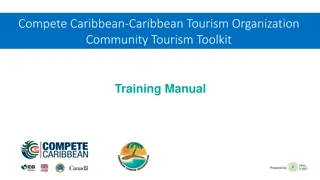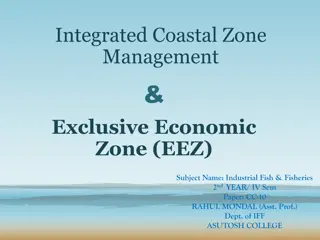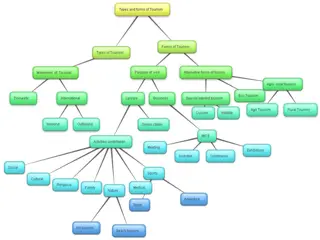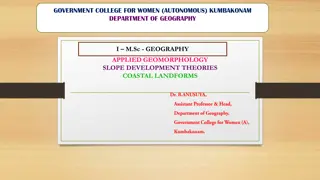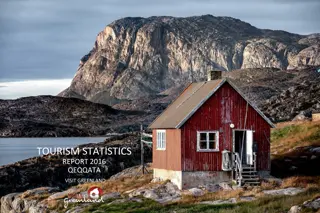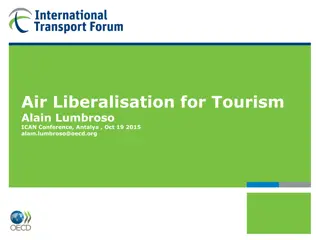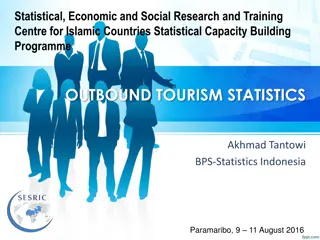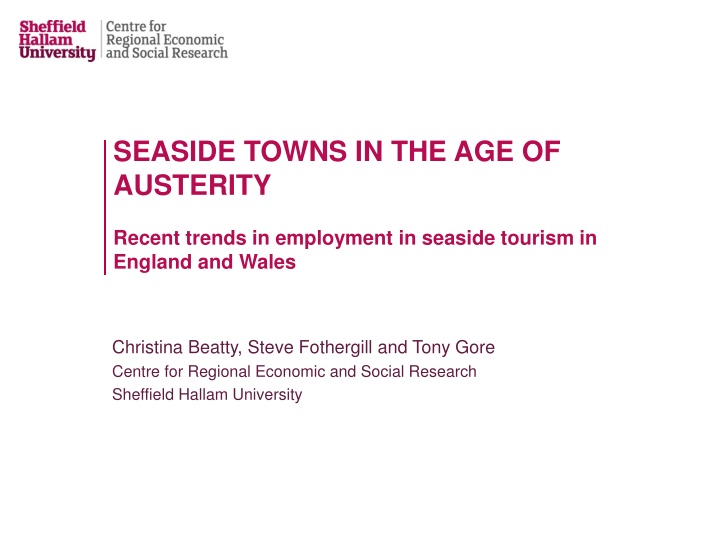
Trends in Seaside Tourism Employment in England and Wales
Explore recent employment trends in seaside tourism in England and Wales, including impacts of austerity, recession, and possible influences on tourism. This study covers over 121 individual resorts, providing insights into both negative and positive impacts on the industry.
Download Presentation

Please find below an Image/Link to download the presentation.
The content on the website is provided AS IS for your information and personal use only. It may not be sold, licensed, or shared on other websites without obtaining consent from the author. If you encounter any issues during the download, it is possible that the publisher has removed the file from their server.
You are allowed to download the files provided on this website for personal or commercial use, subject to the condition that they are used lawfully. All files are the property of their respective owners.
The content on the website is provided AS IS for your information and personal use only. It may not be sold, licensed, or shared on other websites without obtaining consent from the author.
E N D
Presentation Transcript
SEASIDE TOWNS IN THE AGE OF AUSTERITY Recent trends in employment in seaside tourism in England and Wales Christina Beatty, Steve Fothergill and Tony Gore Centre for Regional Economic and Social Research Sheffield Hallam University
2010 tourism report First to provide statistics on jobs supported by seaside tourism for every resort in England and Wales Just over 200,000 jobs directly supported Maybe as many as 600,000 adding in linkages and multipliers Employment increasing by around 1% a year Challenge to key myths
The age of austerity Recession from 2008 Economic growth returns in 2013, but output still lower than before recession Average household incomes lower More unemployment Big squeeze on public spending, especially benefits
Possible impacts on seaside tourism NEGATIVE IMPACTS Lower incomes means less spending on discretionary items Leisure and tourism spending in the firing line But: Not everyone hit equally Young hit by unemployment, poor by benefit changes Households with mortgages OK POSITIVE IMPACTS Staycations save money, stay in Britain Euro exchange rate
Geographical coverage 121 individual resorts/towns in England and Wales From very largest (300,000+ pop.) down to around 1,500 pop. All accurately defined at LSOA level Combined population of just over 3.8 million
Methods All based on official statistics on employment Key element is comparison with towns elsewhere with little or no tourism benchmarking Adjustment for central place effects Adjustments for seasonality, self-employment Additional jobs in seaside towns directly supported by seaside tourism
Advantages Comprehensive covers just about all places with seaside tourism Consistent figures for each resort are comparable Comparable through time allows trends to be monitored nationally and locally Cost effective especially compared to visitor surveys
How many jobs? Average year-round employment directly supported by seaside tourism in 121 resorts in England & Wales 2010-12 212,000 2006-08 207,000 Source: Sheffield Hallam estimates based on BRES, ABI
Top 30 resorts Average year-round employment directly supported by seaside tourism 2010-12 Gr. Blackpool Gr. Brighton Gr. Bournemouth 13,300 Torbay Isle of Wight Newquay Gt. Yarmouth L dno/CB/Conwy Southport Eastbourne 15,900 15,200 Weymouth Scarborough Thanet Cleethorpes Hastings/Bexhill 3,200 Southend Weston-s-Mare 2,900 Ingoldmells Skegness St Ives 3,900 3,800 3,800 3,200 Southsea 2,600 Falmouth 2,600 Minehead Bognor Regis 2,300 Bridlington 2,300 Morecambe 2,200 Folkestone/H 2,100 Clacton Tenby Whitby 2,500 10,300 7,900 5,900 5,400 5,000 4,400 4,000 3,000 2,800 2,800 2,800 2,100 2,000 1,900 Source: Sheffield Hallam estimates based on BRES
Job growth and job loss Change in employment directly supported by seaside tourism 2006/8 to 2010/12 BIGGEST WINNERS Greater Brighton Greater Bournemouth Torbay Bognor Regis Eastbourne + 3,300 + 1,200 + 1,100 + 800 + 800 BIGGEST LOSERS Southport Thanet Greater Blackpool - - 1,000 - 3,200 900 Source: Sheffield Hallam estimates based on BRES
Locational shifts: whats going on? Prosperity of Greater South East helping Brighton and other South Coast resorts? Hard times in North dragging down Blackpool etc? Shift from traditional B&Bs to less labour intensive hotel chains, especially in Blackpool? Smaller resorts in South West doing well because of middle class appeal? Not simply North-South divide see Thanet for example?
Jobs by sector Jobs directly supported by seaside tourism, England & Wales, 2010-12 Hotels and restaurants Retail trade Campsites & short-stay accom. Recreation, sport, culture Amusement parks Transport 99,000 56,000 31,000 16,000 5,000 5,000 --------- 212,000 Source: Sheffield Hallam estimates based on BRES
Jobs by region Jobs directly supported by seaside tourism, 2010-12 South West South East North West East of England Wales Yorkshire & Humber North East East Midlands 68,000 49,000 25,000 23,000 19,000 14,000 7,000 7,000 --------- 212,000 Source: Sheffield Hallam estimates based on BRES
Employment in selected industries, 2012 Computer software Higher education Insurance & pensions SEASIDE TOURISM Telecommunications Publishing Motor industry Aerospace Railways Pharmaceuticals Steel Fishing 502,000 450,000 310,000 212,000 193,000 142,000 129,000 83,000 52,000 41,000 31,000 4,000 Sources: BRES and Sheffield Hallam estimates
Wider economic impact Jobs directly supported by seaside tourism Missing places Missing sectors Supported by inland spend of seaside tourists 212,000 20,000 10,000 10,000 ----------- 250,000 DIRECT JOBS Jobs in supply chain Multiplier effects 50,000 300,000 ----------- 600,000 DIRECT + INDIRECT JOBS Source: Sheffield Hallam estimates
Wider impact: largest resorts Jobs supported by seaside tourism: towns/areas with 100,000+ pop. Direct jobs Direct + indirect as % of all jobs 15,900 40,000 15,200 38,000 13,300 33,000 10,300 26,000 7,900 20,000 3,800 10,000 3,200 8,000 3,000 7,000 1,700 4,000 Greater Blackpool Greater Brighton Greater Bournemouth Torbay Isle of Wight Thanet Hastings/Bexhill Southend Greater Worthing 35 23 18 40 33 23 15 10 5 Source: Sheffield Hallam estimates
Some conclusions The British seaside tourist industry is alive and well, and has so far weathered the age of austerity pretty well No evidence of terminal decline in fact overall employment is growing But there are important locational shifts too Challenge is now to deliver the industry s full potential in the coming years



